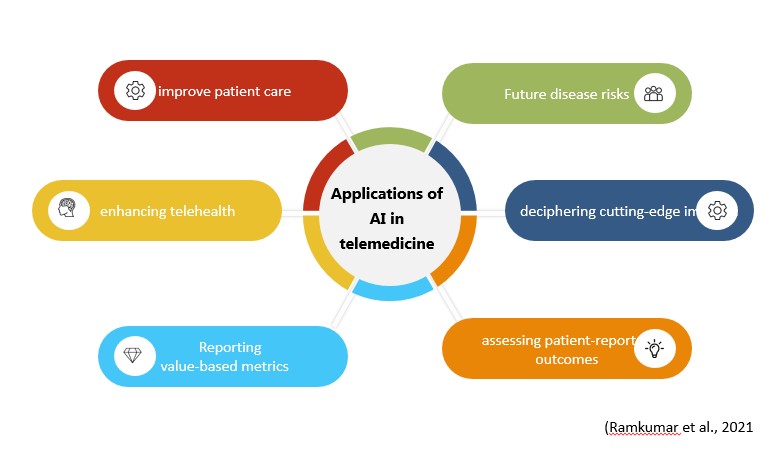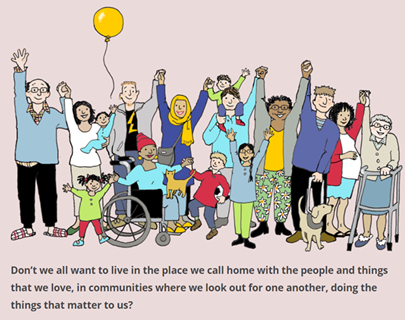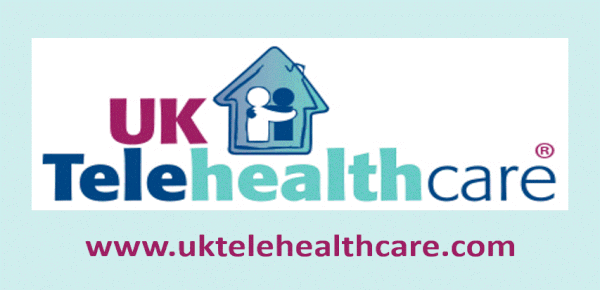 TTA has an open invitation to industry leaders to contribute to our Perspectives non-promotional opinion and thought leadership area. Today’s contribution is from Jodi Amendola, CEO of Amendola, a full-service PR and marketing agency that focuses on healthcare, health tech, and life sciences. Your Editor personally knows Amendola as a leading US agency representing many leading companies ably and well in both earned and paid media. In this article, Jodi explains some best practices in working with your PR and/or marketing agency–why their specialized skills in dealing with the media are necessary–and getting the most out of your mutual commitment.
TTA has an open invitation to industry leaders to contribute to our Perspectives non-promotional opinion and thought leadership area. Today’s contribution is from Jodi Amendola, CEO of Amendola, a full-service PR and marketing agency that focuses on healthcare, health tech, and life sciences. Your Editor personally knows Amendola as a leading US agency representing many leading companies ably and well in both earned and paid media. In this article, Jodi explains some best practices in working with your PR and/or marketing agency–why their specialized skills in dealing with the media are necessary–and getting the most out of your mutual commitment.
After leading a public relations agency for nearly two decades, I’ve learned a few things.
From the right way to shape a client’s message to the best reporters and media outlets to target for exposure to crafting the proper talking points for interviews, PR can deliver real results to help clients achieve their growth objectives.
However, some of the most useful knowledge and experience PR professionals can acquire pertains to building successful and mutually beneficial relationships with clients.
While there is undoubtedly a lot of optimism when a PR agency signs a new client, a successful partnership requires more than enthusiasm and high hopes. Without a clear focus and realistic objectives, the relationship may never produce the anticipated benefits for either party.
To that end, here are some important tips on what clients should do to maximize return on investment and reach the strategic goals of their public relations partnerships.
It’s all about alignment: At the beginning of the engagement, ensure that both client and agency are fully aligned on goals and key performance indicators (KPIs). Specifically, those KPIs need to help the client accomplish its goals, not the agency’s.
Think long- and short-term from the beginning: Agencies can produce better results when clients are invested in the process. Within the first few weeks, set both short- and long-term objectives to enable better tracking of the client’s KPIs. Solicit a wide range of input to make sure everyone is on the same page.
Communicate openly and transparently: By engaging in open and transparent communication, the client-agency relationship gains trust around shared values. Agencies should help create a collaborative environment that enables honest sharing of expectations and concerns, a step that is essential to generating a long-lasting working relationship.
Share what makes you special: To place a client in the appropriate light for media, customers, and other stakeholders, it is critical that the agency develops a deep understanding of what makes the client’s business unique. When clients demonstrate what sets them apart from others in a (most likely) crowded market space, agencies can tell better stories that are more likely to break through the noise.
Listen: Remember why you hired a PR team in the first place. The PR agency likely possesses skill sets and a level of expertise in media relations and content that your internal team may lack (since they specialize in other things). That’s okay and a testament to your good judgment! Let your PR team do what you are paying them to do and listen to their advice.
One touchpoint: Clients should identify a dedicated liaison to act as a single touchpoint and centralized hub for all agency contacts. Ideally, this person should have some PR and marketing savvy and should be as interested in moving the needle as the agency is. Often, media requests need to be turned around within only a few hours, so designating a single contact can expedite connections when every minute matters.
Timely, effective PR can help companies access new employees, customers, markets, partners, and investors that they otherwise would not have attracted the attention of. Trust me, I’ve seen it happen time and time again. Follow the above steps when working with your PR firm, and it could happen to you, too!


















Most Recent Comments